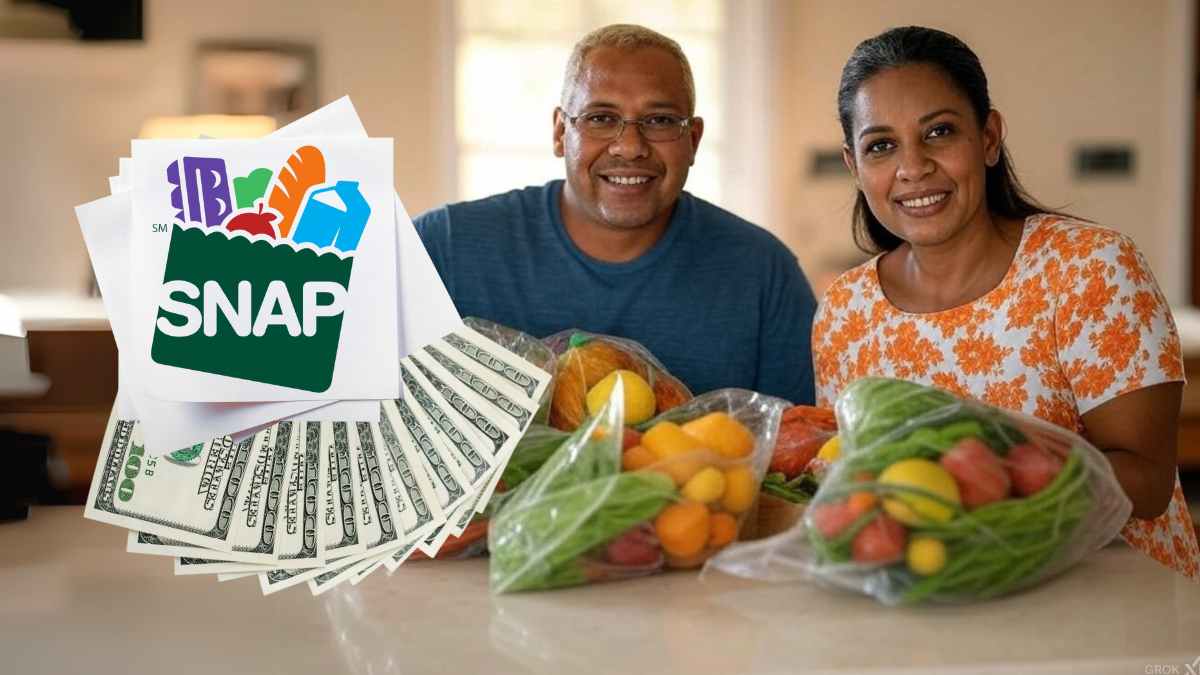As of January 22, one state will close distribution of Supplemental Nutrition Assistance Program (SNAP) benefits, while eight more states will continue processing payments for several additional days. This month has been crucial for many beneficiaries, as some households can receive up to $1,751 in benefits by January 2025.
SNAP benefits are distributed according to a set schedule that varies by state, meaning some jurisdictions have longer deadlines than others. As the end of January approaches, it is important for recipients to check their specific distribution dates to ensure they receive their food assistance on time.
States continuing SNAP distribution in January
As of now, the following states are still processing your SNAP benefits:
- Florida: Payments until January 28
- Texas: Payments until January 28
- Indiana: Payments until January 23
- Louisiana: Payments until January 23
- Maryland: Payments until January 23
- Mississippi: Payments until January 21
- Missouri: Payments until January 22
- Puerto Rico: Payments until January 22
The diversity in payment schedules is due to differences in the number of beneficiaries and the administrative structures of each state. These discrepancies may cause some states to complete all payments in a single day, while others require up to 28 days to complete the process.
SNAP benefits and eligibility in 2025
By 2025, the maximum amount a household can receive depends on several factors, including the size of the household. The maximum SNAP benefit numbers for families in the lower 48 states and the District of Columbia are as follows:
- 1-member household: $291
- 2-member household: $535
- 3-member household: $766
- Household of 4 members: $973
- Household of 5 members: $1,155
- Household of 6 members: $1,386
- Household of 7 members: $1,532
- Household of 8 members: $1,751
- For each additional person: Add $219
Income maximums allowed to qualify for SNAP benefits in 2025
Let’s start by explaining what is the gross monthly income, that is, household income before deductions are applied, which must be at or below 130% of the poverty level to be eligible for SNAP. For a family of three, the poverty level in federal fiscal year 2025 is $2,152 per month, meaning 130% equals $2,798 per month or $33,576 annually. Additionally, net income, which is income after deductions, must be below the poverty level.
Families must have assets below certain limits: Those without members over 60 or disabled cannot have more than $3,000 in assets, while those with a member in this category can have up to $4,500. SNAP considers cash from all sources as income, including wages and benefits such as Social Security and child support. Assets include resources available for purchasing food, such as bank accounts, while housing and most cars are not considered assets.
Some are not eligible
Certain people are not eligible for SNAP, regardless of their income or assets, such as those on strike, individuals without documented immigration status, some full-time students, and people with convictions for drug crimes in certain states. Additionally, many adults ages 18 to 54 without children (known as ABAWDs) at home and without disabilities only have access to three months of benefits every three years unless they meet work requirements.
Since the Personal Responsibility and Work Opportunity Act of 1996, people ages 18 to 49 must meet additional requirements to maintain eligibility. During the pandemic, these requirements were suspended but returned in 2023, allowing many participants to lose their benefits if they did not complete a minimum of 20 hours of work or training per week. In October 2024, these requirements were expanded to adults up to age 54, although there will be exceptions for certain groups.




